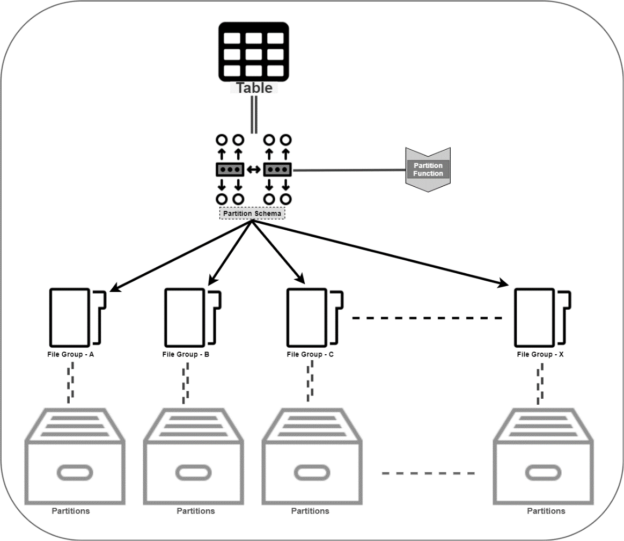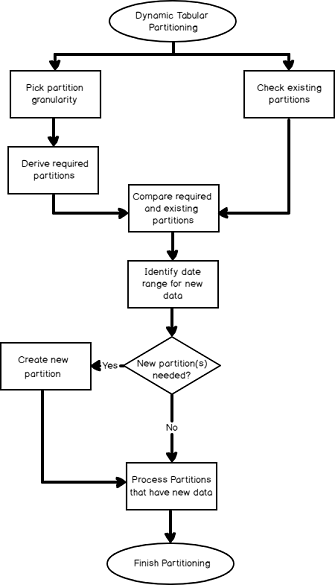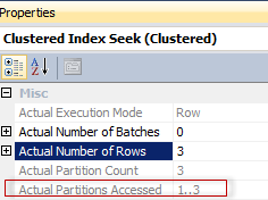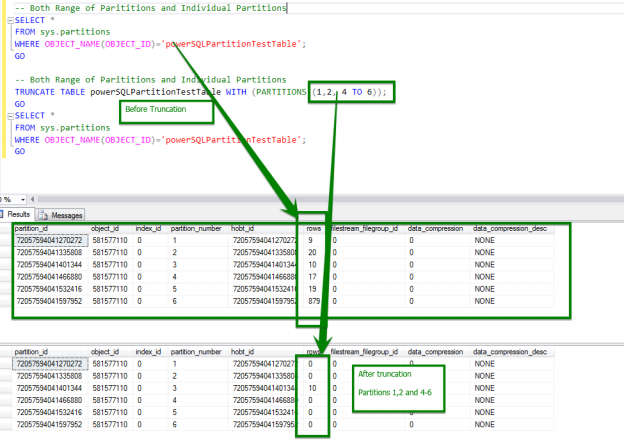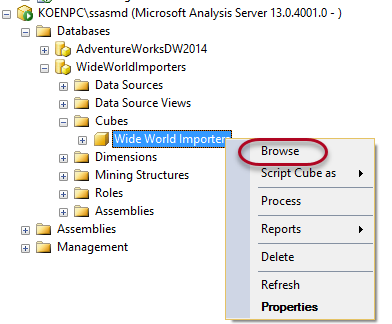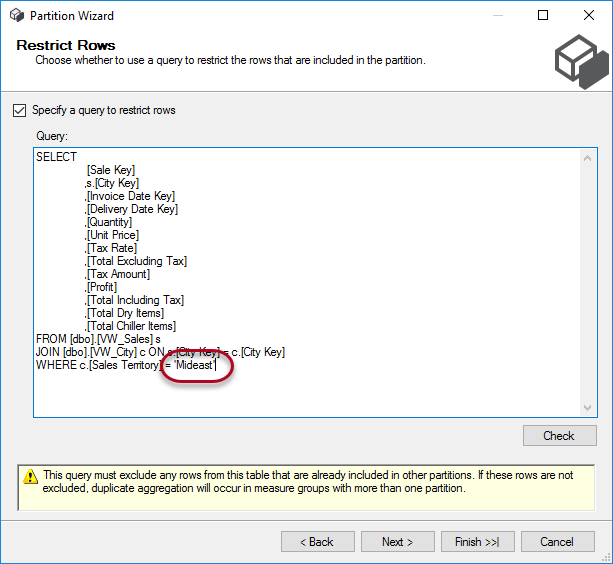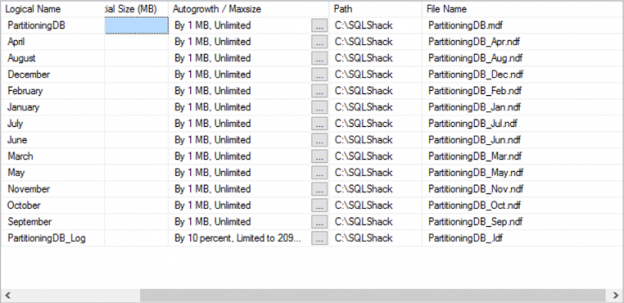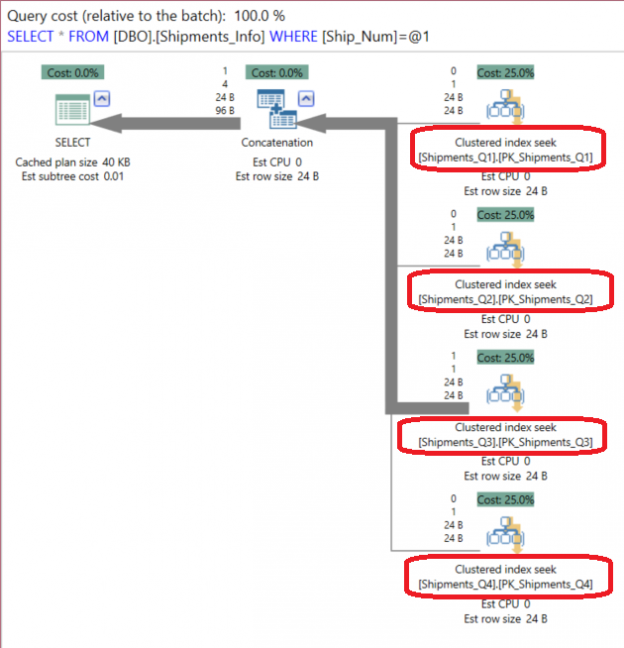Introduction
I work for a large, multinational financial institution. Like most companies in this field, ours is conservative and subject to much regulatory oversight. The first has meant that we’re slow to adopt new technologies. We need to be really, really, really sure things won’t break, customer accounts won’t vanish or lose their balances and that the regulators will not raise any red flags. Everything we do is subject to the scrutiny of our internal auditors, even something that seems simple, like rerunning a production job that failed because the host compute was down. I really mean everything!
Read more »

